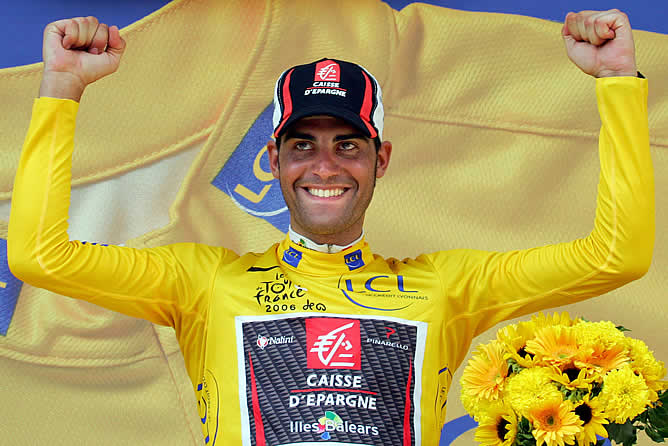Vigo’s second team plays in green

Located in the parish of Coruxo, Vigo’s second-strongest team has been Coruxo for many years. The green club’s history goes back to the 1920s, even though the major part of its history has been very modest. In 2010, Coruxo burst onto the scene of the Segunda B and hasn’t left since. Welcome to…Coruxo.

VIgo
Vigo is Galicia’s most populous city and, curiously, the biggest Spanish city without being a capital. The city is located not far off Portugal and is known for its industrial sites, beaches, and, of course, Real Club Celta de Vigo, one of the two giants of Galician football.

Vigo consists of many parishes, which is a Galician administrative decision similar to a village, among which is Coruxo, in the south of Vigo. Coruxo has around 5,000 inhabitants, has some of the best beaches for beach football, and has a football club that put the parish’s name on the map like nothing else before.

Football in Coruxo
In 1930, the two football clubs in Coruxo, Mirabel FC and Corujo SD, merged and became Coruxo Fútbol Club. The club had an unfortunate start, as it was not able to grow as a club due to the Spanish Civil War and its aftermath. Only in 1946 would Coruxo be officially registered at the Spanish Football Federation, which can be seen as the club’s second foundation.

In 1959, the verdes reached the Tercera División, which marked their history. From this year onwards, Coruxo would usually be present in this league, even though they sometimes got relegated to the Regional Preferente. The last season in this amateur competition was 2002-03.

After the 2003 promotion, Coruxo started to fight for promotion. In 2005, the Galicians participated for the first time in the play-offs but lost to Real Oviedo, the strongest club that has played in the Tercera División in the 21st century. Some more attempts followed, and in 2010, Coruxo finally achieved promotion to the Segunda División B. This feat was celebrated like no other and demonstrated how sizeable and fanatic the fanbase of a modest club can be.

The curoxeiros started off well and ended in 14th place in their first season in the ‘bronze’ division. In the seasons that followed, the greens managed to stay up every time, ending in the middle of the bunch and consolidating their status of ‘the second team of Vigo’, something that was only challenged by Rápido de Bouzas.

When the Segunda B faced a tough restructuring in 2020-21 – a season in which a participating team could end up anywhere between the second and the fifth tier, Coruxo qualified for the Segunda RFEF, which can be seen as a continuation of the Segunda B. In this competition, the verdes would play their best-ever year, ending 4th in 2021-22. For the first time, Coruxo had reached the play-offs of the Segunda RFEF but lost against Peña Deportiva.

A famous ex-player
The fans of Coruxo can tell one of the most curious anecdotes in Spanish football. In 2010, their club signed Óscar Pereiro, the 2006 winner of the Tour de France. The famous Galician cyclist wanted to play football after his retirement and was offered a place in the second team of Coruxo, which played in a low amateur league at the time.

The future
Coruxo’s future looks promising, continuing one of the longest streaks of presence in the Segunda Federación. 2023-24 will be a season characterized by many new players, such as Johan Terranova, Álex Barrera, and Davo, but also by the leadership of the old guard, among which Alberto Domínguez, Mateo Míguez, and David Añón. This was…Coruxo.

Sources
- https://www.coruxofc.com/historia/historia.html
- http://lafutbolteca.com/coruxo-futbol-club/
- Borchers, L. (2021). GOLAZO. Self-published.
- Borchers, L. (2022). CARA O CRUZ. Self-published.
Leave a comment